8.3: Camera Movements
- Page ID
- 124332
Why use Camera Movements?
Camera movements are different ways to move the camera itself when put on a tripod or other camera support system. Moving the camera while recording allows for keeping up with the movement of a shot, can reveal details, or just make a shot more dynamic. We will review the most common terms you will hear on a production set. Although these movements will be discussed individually, they can be combined when the shot calls for it.
Pan
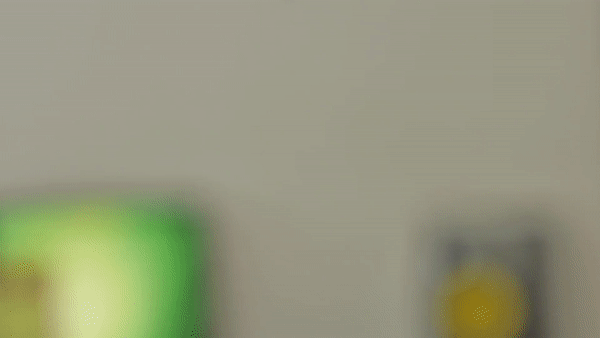
A pan is when a camera is turned left or right on its axis (See figure 8.3.1). The camera stays in the same spot but simply turns left or right. The top of a camera tripod, called the head, will allow the operator to turn the camera left or right with a smooth and controlled motion.
Tilt
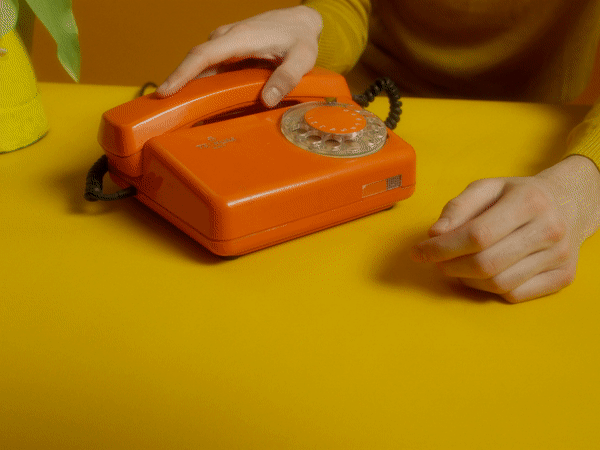
A tilt is when a camera is turned up or down on its axis (See figure 8.3.2). The camera stays in the same spot but is simply turned up or down. A tripod head allows for this movement to be controlled and smooth.
Dolly

A dolly is when the camera is literally moved closer or further away from the subject (See figure 8.3.3). You can dolly in or dolly out. The camera tripod will either be on wheels or the camera person uses a support system that allows them to move closer or away from the subject. In film production a dolly is sometimes referred to as a push in and pull out.
Truck
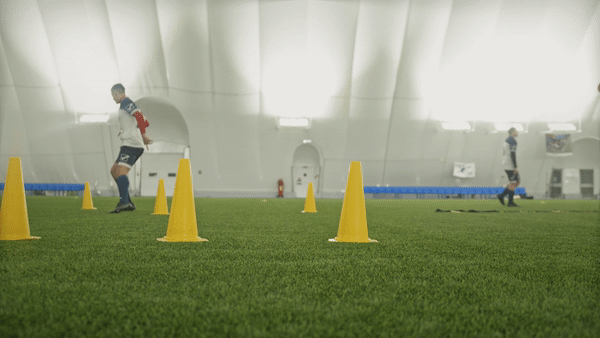
A truck movement, as opposed to the dolly, is moving the whole camera to the left or to the right (See figure 8.3.4). Cameras will need to be on a support system that is mobile, like wheels, or attached to a camera person with a sled and vest system.
Pedestal
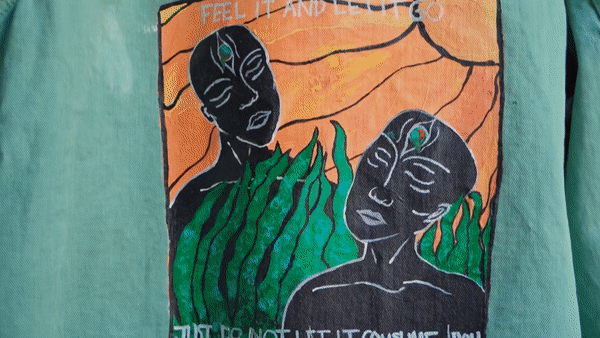
The pedestal is the movement of the height of the camera itself. In a truck, the camera moves left to right, but with a pedestal, the camera moves up or down (See figure 8.3.5). Some camera tripods allow for vertical movement, or it can be done using a sled and vest system.
Arc
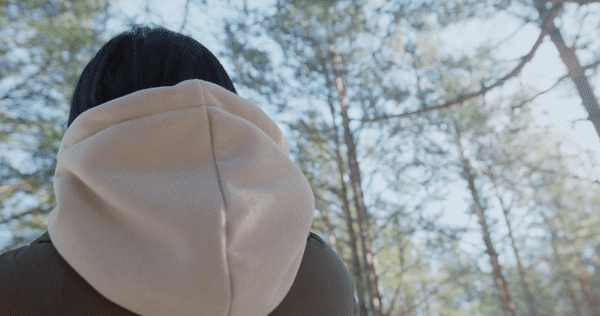
An Arc moves around a subject in a circle (See figure 8.3.6). The circle does not need to be complete, but the camera needs to move around the subject. Cameras will need to be on a support system that is mobile, like wheels, or attached to a camera person with a sled and vest system.
Combination Shots
Although we discussed camera movements as individual movements, you can combine different types of movements to fit the feel of your shot and production. Each shot you take needs to be rehearsed and each shot needs to have a purpose. Ask yourself what you are trying to do in the shot and how it fits in with the story you are telling. Make sure to have a predetermined beginning point and end point for the shot. Avoid aimless camera movements. Here are a couple of examples.
Tracking Shot

A tracking shot is as it sounds, the camera person follows the movement of the subject no matter which direction they go (See figure 8.3.7). If working with actors, you will want to work out the blocking ahead of time and rehearse the shot multiple times.
Dolly Zoom
To view this video with Closed Captions: https://amara.org/en/videos/blE7RYYrYHAV/info/the-dolly-zoom-more-than-a-cheap-trick/
The Dolly Zoom shot is when you combine a dolly with a zoom. The two most common combinations are zoom in/dolly out and zoom out/dolly. Each combination has its own effect and will need to be rehearsed many times. The video above cuts together scenes from Hollywood films that use the Dolly Zoom movement.


